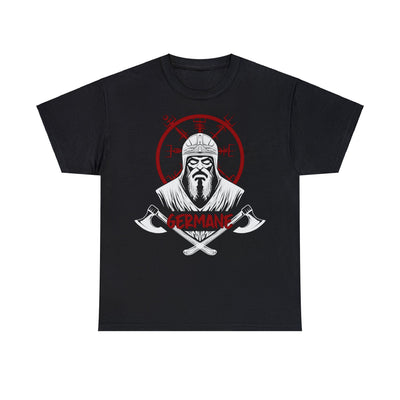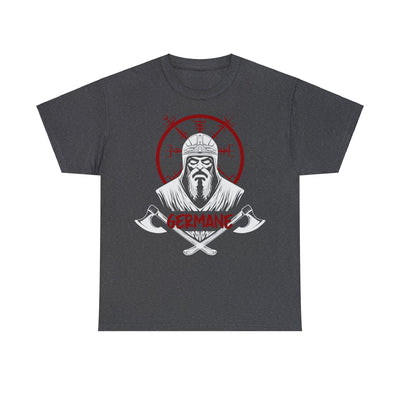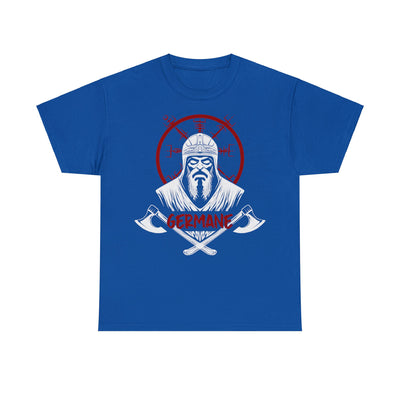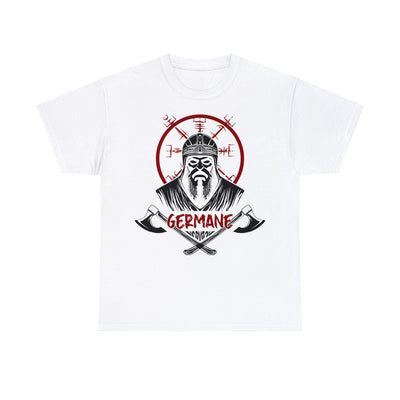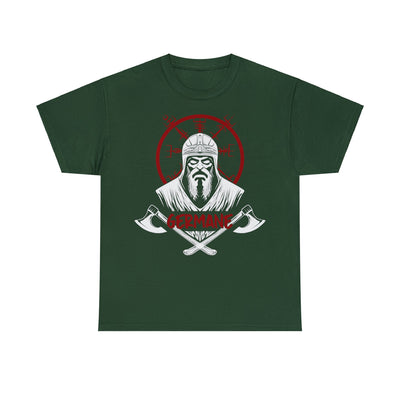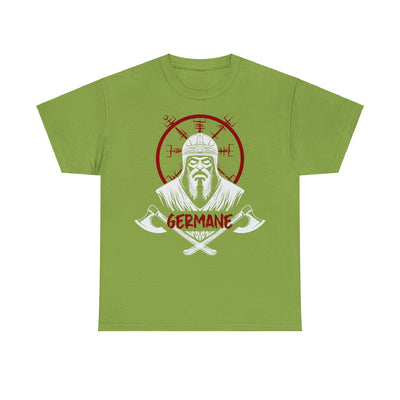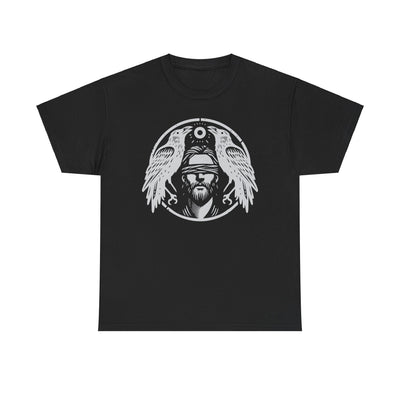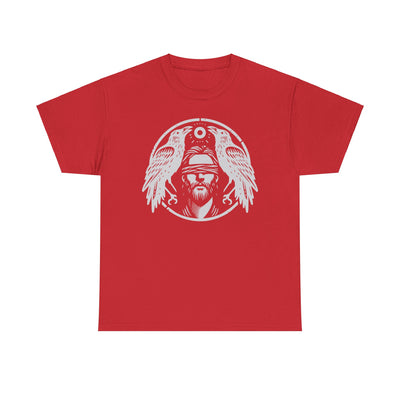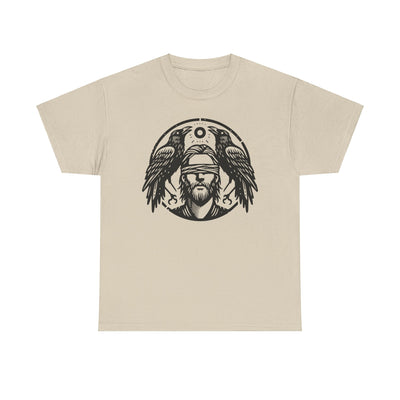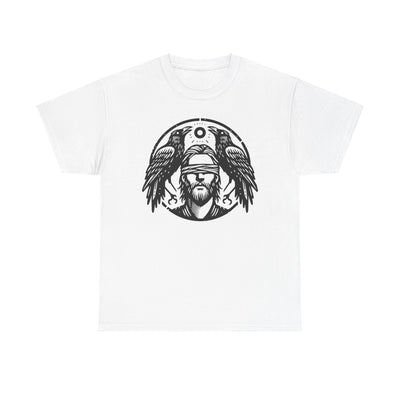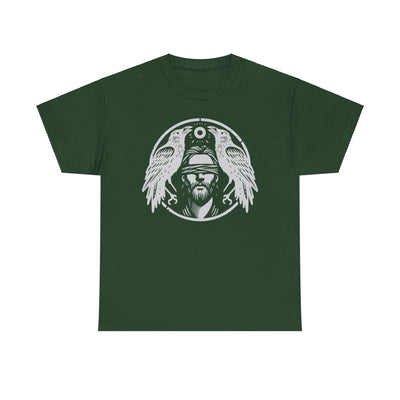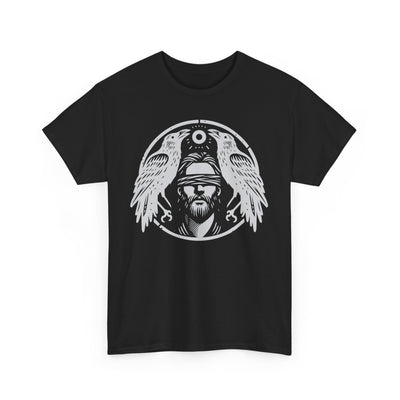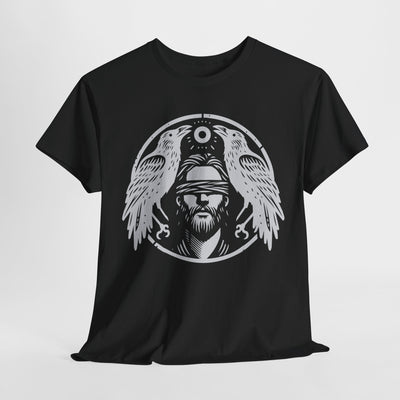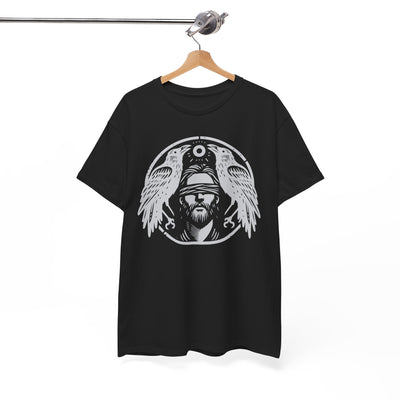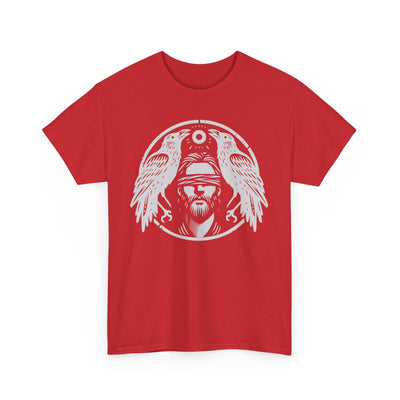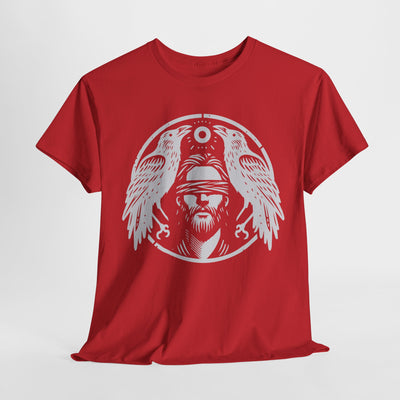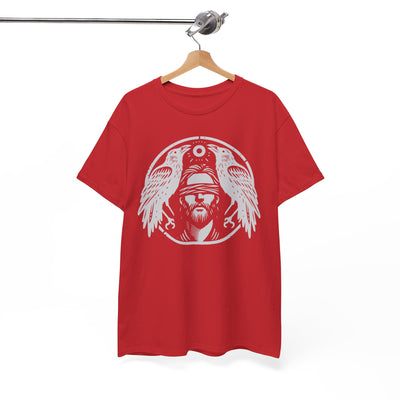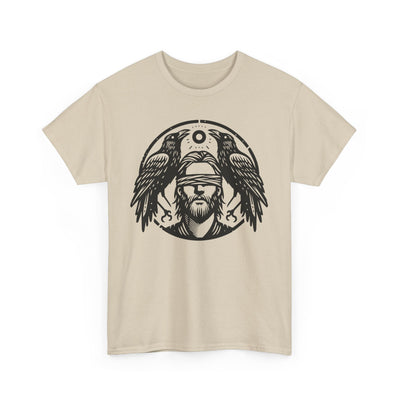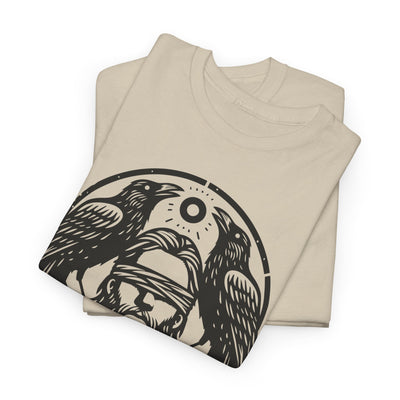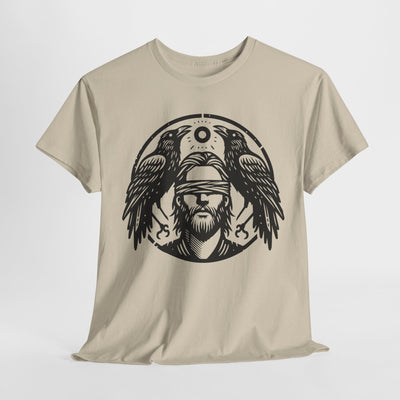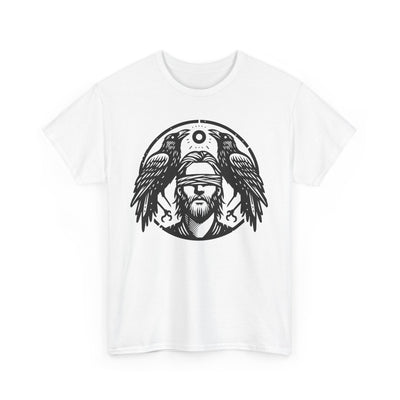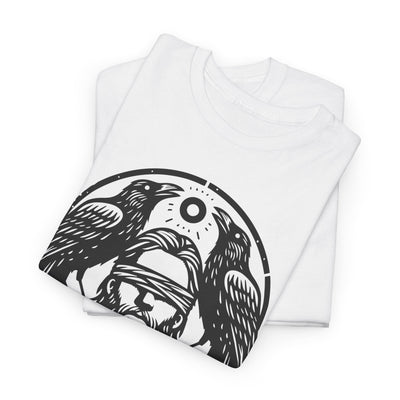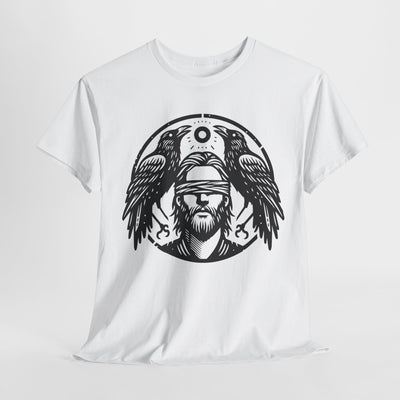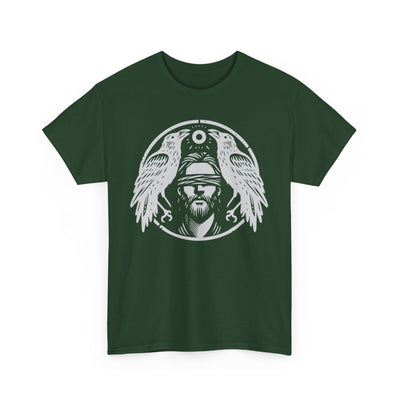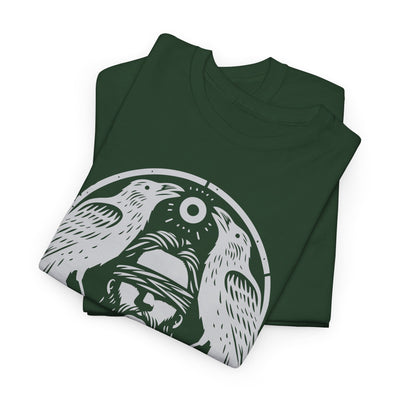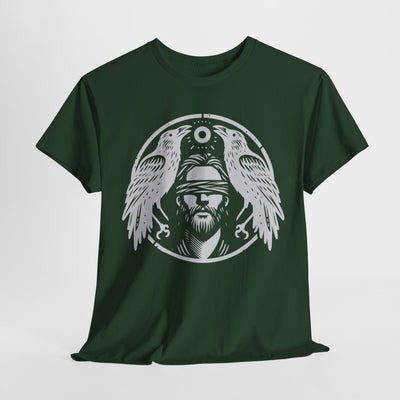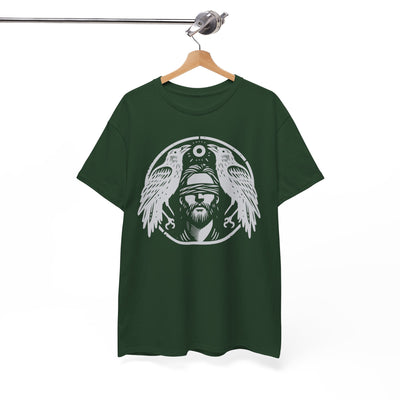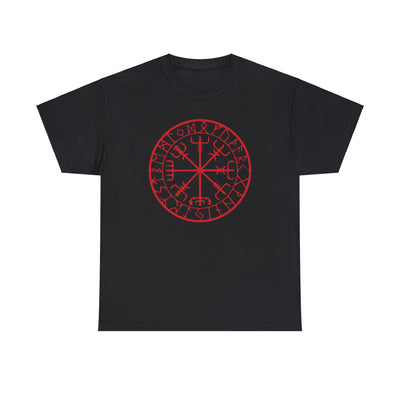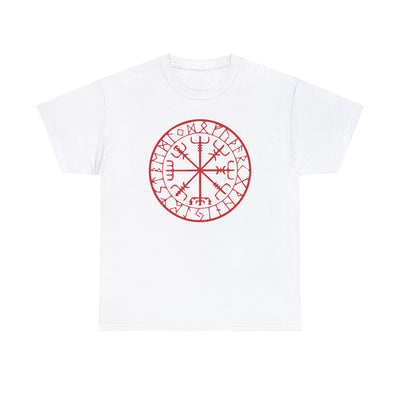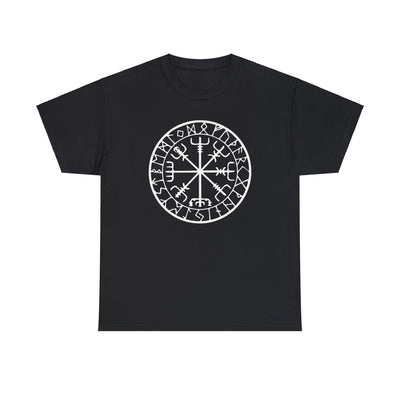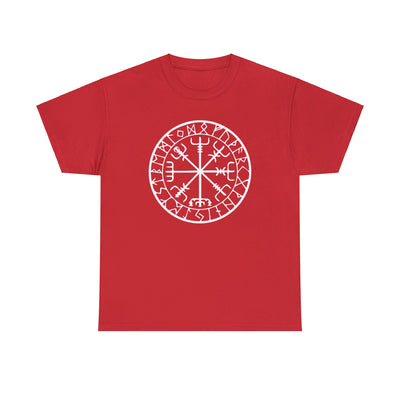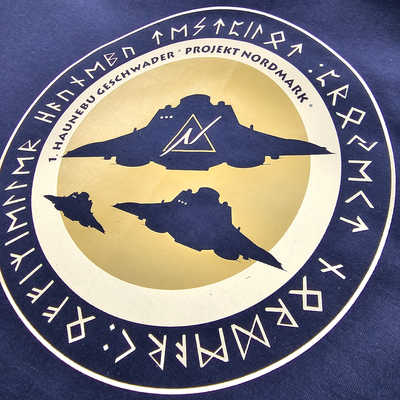Who doesn't know him? Loki, the Nordic god, known for his tricks and intrigues, is one of the most fascinating figures in Nordic mythology. But who was Loki really? What stories are there about him and how is he portrayed in pop culture today? Let's delve into the world of the trickster and discover exciting facts and modern interpretations of this complex character.
Origin and Family of Loki
Loki is a god with an interesting lineage. He is the son of the jotun (giant) Farbauti and the goddess Laufey. This mix of divine and giant lineage makes him a unique figure in the pantheon of Norse gods. Loki's family is equally fascinating: he is the brother of Helblindi and Býleistr and has several children who became important figures in mythology in their own right.
character and personality of Loki
Loki is best known as a trickster. He is clever, cunning and often difficult to judge. His ability to change shape and influence the world of the gods through his tricks and deceptions makes him a fascinating figure. Despite his often malicious pranks, Loki also has a charming and humorous side that made him popular with people.
Loki's role in Norse mythology
Loki plays a central role in many stories of Norse mythology. One of his most famous deeds is his involvement in Balder's death, one of the most tragic events in Norse mythology. He also plays an important role in the story of the building of the walls of Asgard and the binding of the Fenris wolf. His actions are often the trigger for great adventures and tragedies.
Loki's transformations and shapeshifting
One of Loki's most notable abilities is his shapeshifting. He could transform into various animals and even other people. His transformations into a mare, a fish and an eagle are well known. This ability made him unpredictable and gave him the opportunity to play a crucial role in numerous stories.
Loki's pranks and intrigues
Loki is known for his many pranks and schemes. One of the most famous pranks is the story of the theft of Thor's hammer Mjolnir. Loki played a key role in getting the hammer back by disguising himself as Freyja. Such pranks often had far-reaching consequences and led to new adventures for the gods.
Loki and Ragnarök
Loki plays a central role in the prophecy of Ragnarök, the Norse end times. He is described as the leader of the giants who fight against the gods. His actions and betrayal ultimately lead to the destruction of the world as we know it. Loki himself is killed by Heimdall in this final battle, which underlines his complex relationship with the world of the gods.
Modern Interpretations of Loki
Loki has also found a permanent place in modern pop culture. Most notably, Tom Hiddleston's portrayal in the Marvel films, where Loki appears as a charismatic and complex villain, has introduced Loki to a new generation of fans and cemented his place in modern mythology.
Loki in Literature
Loki has also found his place in literature. From the Edda poems to modern novels and stories, Loki inspires writers worldwide. His character is often used to explore themes such as betrayal, change and identity. Works such as Neil Gaiman's "American Gods" draw on Loki's complex character to tell profound stories.
Loki and Viking Culture
For the Vikings, Loki was an important figure. Although he is often portrayed as a troublemaker, he also had positive aspects. Loki's stories served as moral lessons and provided entertainment. His worship and the stories about him reflect the dualistic nature of the Norse gods, who could be both helpful and destructive.
Loki's symbolism and iconography
In art, Loki is often depicted in various forms. Symbols such as the serpent staff and his interplay between good and evil make him a popular motif. His versatility and cunning character are highlighted in ancient carvings and modern illustrations.
comparison with other trickster figures
Loki is not the only trickster in world mythology. Figures such as the Greek Hermes, the Native American coyote or the African Anansi share many characteristics with him. These trickster figures are often mediators between the worlds, bring about change and challenge the order. A comparison shows the universal significance of such figures in different cultures.
Loki and his descendants
Loki's children are just as fascinating as he is. His most famous offspring are the Fenris wolf, the Midgard serpent Jörmungandr and the death goddess Hel. These beings play a central role in Norse mythology and reflect Loki's power and influence. Their stories are closely linked to his fate and the prophecies of Ragnarök.
controversies surrounding Loki
Loki is a character that allows for many interpretations. Some see him as a hero who challenges the world of the gods, others as a villain who causes chaos. These different perspectives lead to exciting debates among mythologists and fans of Norse mythology. Loki's ambivalent nature ensures that he is constantly being reinterpreted and discussed.
conclusion
Loki is one of the most fascinating figures in Norse mythology. His versatility, his tricks and his role in the great myths make him an unforgettable character. Whether as a villain or a mischievous hero, Loki remains a symbol of change and unpredictability. He has found a permanent place in modern culture and continues to inspire stories and discussions.
FAQs
1. Who are Loki's most famous children?
- Loki's most famous children are the Fenris wolf, the Midgard serpent Jörmungandr and the goddess of death Hel.
2. What role does Loki play in Ragnarök?
- In Ragnarök, Loki leads the giants against the gods in the final battle that leads to the destruction of the known world.
3. How is Loki portrayed in modern pop culture?
- Loki is portrayed in modern pop culture, especially in Marvel films, as a charismatic and complex villain.
4. What ability makes Loki particularly unique?
- Loki's shapeshifting ability, which allows him to transform into different animals and people, makes him particularly unique.
5. Why is Loki a controversial character?
- Loki is controversial because he has both positive and negative characteristics and appears as both a hero and a villain in many stories.

